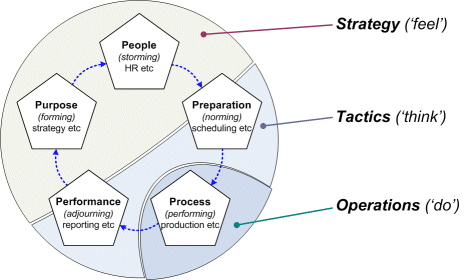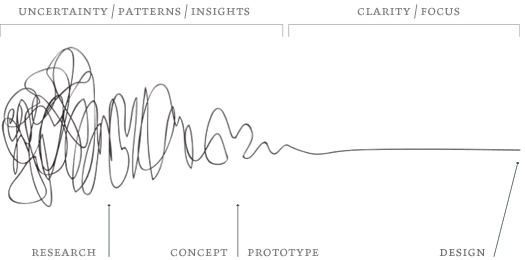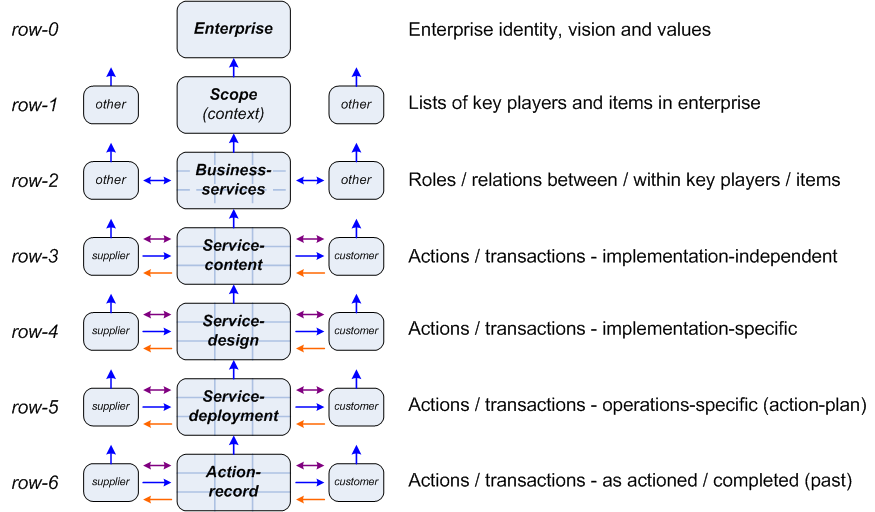Oliver Baier on architecture-practice
I’m hugely grateful to Oliver Baier for the following Twitter-thread, which he posted on Christmas Day:
- A few things clicked for me in the last few days: Once again I’ve been struggling with my professional practice. Do I even have one?
- Is there any discipline to it? Any process worth speaking of? Borrowing the term from somewhere else, is my practice deliberate?
- Plenty of doubt. Interesting, considering that on most days I don’t feel I’m affected by imposter syndrome. Fooling myself, apparently.
- Turning to the classics provides some comfort. In this case, Vitruvius: https://twitter.com/OliverBaier/status/945246617803939840/photo/1
- It’s clear I need to read more classics. That’s pretty bad for my to-read stack, and also detracts somewhat from last tweet’s comfort.
- Tom Graves’ (@tetradian) blog series “Towards a whole-enterprise architecture standard” helped tremendously.
- Here’s the summary: http://weblog.tetradian.com/2016/06/06/towards-a-whole-enterprise-architecture-standard-summary/ #entarch @tetradian
- Here’s a “worked example” with links to all the parts in the series: http://weblog.tetradian.com/2016/06/01/towards-a-whole-enterprise-architecture-standard-worked-example/ #entarch
- The Five Elements meta-framework works for me as the centrepiece of it all.
- There’s a variation for use in after-action reviews (search for “xAAR” in the worked example).
- There’s another variation for defining and assessing effectiveness: http://weblog.tetradian.com/2015/05/28/effective-about-effectiveness/
- Five Elements is fractal, so you can apply it on different levels of recursion, e.g. within “preparation” and “process”.
- On one level it can be mapped to design processes. @tetradian uses The Squiggle as an example.
- But I think we can also employ a design process within the “process” element, for example.
- On one level, design & delivery processes can be viewed as orthogonal to this meta framework.
- In this context, @tetradian’s “layers of abstractions” are highly useful (“For architecture-scope…” in http://weblog.tetradian.com/2016/04/25/towards-a-whole-enterprise-architecture-standard-2-core/ )
- They give structure to my discovery & design work (I use a slightly modified version), although they are not design process.
- I move between them, zoom in and out (note that this is a fractal model) all the time, very much in a The Squiggle like manner.
- Tom writes: “…as is quite typical for whole-enterprise architecture, the real work here is *mostly about engaging with people*…”
- Source for /19: http://weblog.tetradian.com/2016/06/01/towards-a-whole-enterprise-architecture-standard-worked-example/
- Yes, of course. YES, of course. Yes. OF COURSE!
- A whole-enterprise architect is a designer. Designers work in a medium.
- What’s the architect’s medium? Don’t have one? Are you even a real designer then?
- Engaging with people is the real work (mostly). Aha! Conversation is the medium!
- Conversation is the architect’s medium. Alignment is the architect’s primary product.
- Alignment may mean agreement. But sometimes acceptance is all we need (see Max de Pree).
- Disagreement (without acceptance) is a valuable result, too. It may mean we have to resolve a conflict.
- A long thread, with perhaps disparate thoughts. But for me, these thoughts are beginning to come together and put me at ease.
- While these thoughts crystallised on @tetradian’s work, there are many others who helped create the right conditions for this to happen:
- These others include @ruthmalan, @bmichelson, @Abebab, @ArtBourbon and @flowchainsensei
- To all of you, mentioned above and not, my heartfelt thanks. And a Merry (Christmas | Any Other Holiday | Monday). /end
Why so grateful on my part? It’s because it’s still so rare for me to feel understood – which I definitely do in this case. Many thanks, Oliver!
A handful of quick notes:
— “The Five Elements metaframework” (tweet 9): this is described in some depth in the series on ‘Towards a whole-enterprise architecture standard’. For visual summaries, there are several variants, of which perhaps the most common is this:
The AAR (After Action Review) version that Oliver mentions in tweet #10 looks like this:
In tweets #11 and #18, Oliver also mentions Damien Newman’s ‘the Squiggle‘:
And the ‘layers of abstraction’ that he mentions in tweet #16 look somewhat like this:
(Yes, it’s a generalised and extended version of the layering in John Zachman’s now-classic ‘Zachman Framework‘, with ‘row-0’ as the nominally-unchangeable indefinite-future and row-6 as the by-definition-unchangeable past. The other rows each imply some aspect of a potentially-changeable future, with each row adding more-specific detail as we get closer to the instant of action.)
There’s a lot more to be found on all of these, on this site or elsewhere – follow the links above, and see where they take you?
Once again, many thanks to Oliver Baier for this: hugely appreciated!




0 Comments on “Oliver Baier on architecture-practice”